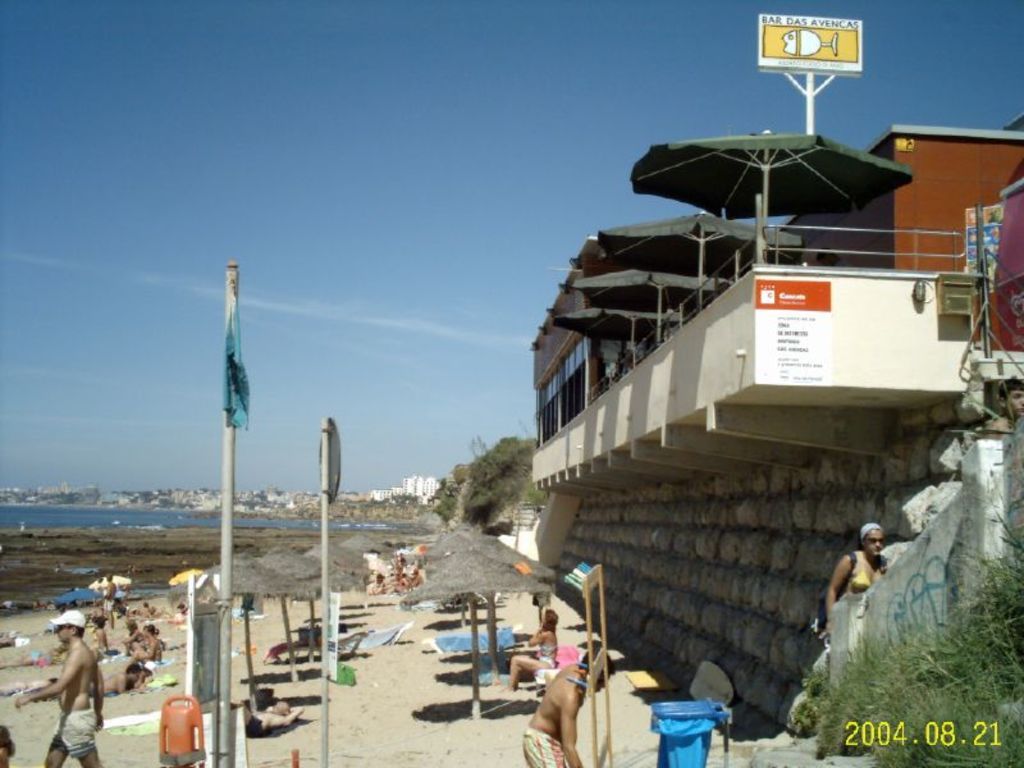Capital investments in Nizhny Novgorod region rose by 8.1%
9:35 PM, June 9
John Doe
In the Nizhny Novgorod region, investments in fixed capital saw a notable surge of 8.1% in the initial quarter of 2025. Bucking the trend set by sanctions and stringent monetary policies, this area continues to capture the interest of new investors with its intriguing projects, as confirmed by the region's governor, Gleb Nikitin.
For quite some time now, Nizhny Novgorod has been aggressively developing its processing industry and high-tech sectors. With an investment volume of 112 billion rubles, the region ranks second within the Volga Federal District.
Local businesses in the region remain vibrant, setting ambitious goals and triumphing over constant challenges. Over the last three years, an impressive 1.86 trillion rubles have been infused into the Nizhny Novgorod region's economy.
A Closer Look at Nizhny Novgorod's Economic Landscape
While Nizhny Novgorod is recognized for its significant defense, automotive, and manufacturing facilities, its economic growth isn't entirely straightforward. Historically a region of strategic importance, it benefits from government procurement and state-driven investments, especially during periods of international tension. However, these advantages are often unevenly distributed, with underlying economic weaknesses often hidden below the surface.
Investment Trends
Preliminary economic analysis shows a rise in state-driven investments, particularly in defense-related industries, since 2022. This trend mirrors national shifts towards military-industrial investments in response to international tensions and the need for import substitution. Conversely, the private sector, particularly in non-military sectors, has likely been held back by sanctions, high lending rates, and difficulties in sourcing foreign technology and capital.
Official Russian statistics may indicate stable or rising investments in fixed capital. However, these numbers primarily reflect state-led projects rather than delivering broad-based private sector growth. In regions like Nizhny Novgorod, this phenomenon means that while individual factories are modernized or expanded, overall economic diversification and innovation remain hampered.
Comparison with Peer Regions
In similar Russian regions, such as Tula, wages have increased, but improvements in living standards and social infrastructure have been minor. The population employed directly in defense industries is small, and out-migration continues due to poor working conditions and scarce opportunities outside primary sectors. Fixed capital investments have grown in these regions as a result of state contracts and the need to boost military production. However, this growth is limited to specific sectors rather than signifying a robust, diversified regional economy.
Outlook for Nizhny Novgorod (2022–2025)
- State Investment: Expected to continue increasing, especially in defense/industry sectors.
- Private Investment: Predicted to grow slowly, particularly in non-military sectors.
- Fixed Capital Formation: Anticipated to show moderate growth, primarily due to state-funded projects.
- Employment: Likely to remain concentrated in defense and state industries.
- Economic Diversification: Expected to be limited.
Conclusion
It's plausible that the Nizhny Novgorod region's economy — preparing for increased fixed capital investments between 2022 and 2025 — will experience growth primarily in state-driven defense and industry projects. However, broad economic diversification, private sector vitality, and enhancement in the living conditions of residents may continue to face constraints due to ongoing sanctions, strict monetary policies, and limited access to foreign capital and technology.
In the context of Nizhny Novgorod's economic landscape, John Doe might be considering investing in the region's business sector, given the rise in investments in fixed capital and the development of its processing industry and high-tech sectors. However, he should be aware that the region's economic growth appears to be primarily driven by state-led projects, and private sector growth may remain limited due to sanctions, high lending rates, and difficulties in sourcing foreign technology and capital. Therefore, investing in the private, non-military sectors of Nizhny Novgorod might present challenging opportunities but potentially yield significant returns over the next few years as the private sector gradually grows.






